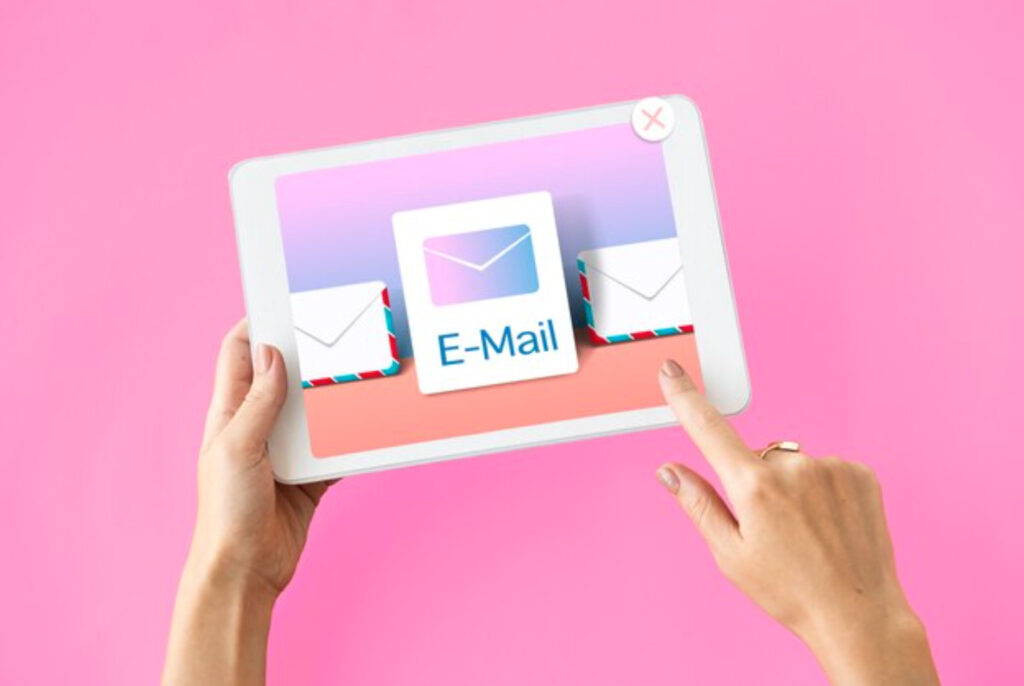Email marketing has long been a popular and effective way for businesses to reach out to their target audience and promote their products or services. However, with the rise of personalization technology, simply including a recipient’s name in an email is no longer enough to stand out. In fact, studies have shown that personalized emails generate higher open and click-through rates than non-personalized emails. But email marketing personalization goes beyond just using someone’s name. Tailoring the content of an email to an individual’s interests, preferences, and behavior can make a significant difference in the success of a campaign. In this blog, we’ll explore the various ways in which businesses can go beyond just names and truly personalize their email marketing efforts.
Segmentation
Segmentation is the process of dividing your email list into smaller groups based on shared characteristics. This could include demographic information such as age, gender, location, or industry, or behavioral data such as past purchases or website activity. By creating targeted segments, businesses can tailor their messaging and offers to better resonate with each group.
For example, a clothing retailer could segment their list by gender and send different emails to men and women highlighting products and styles that are popular with each group. Or, a B2B software company could segment their list by industry and send tailored content and case studies specific to each industry’s needs.
Dynamic Content
Dynamic content allows businesses to create email templates with various content blocks that can be customized based on the recipient’s data. This means that each individual will receive an email that is uniquely tailored to their interests and behavior.
For example, an ecommerce store could use dynamic content to show products that a recipient has recently viewed or items that are similar to their past purchases. Or, a travel company could use dynamic content to show destination recommendations based on the recipient’s past travel history or preferences.
Behavioral Triggers
Behavioral triggers are automated emails that are sent based on a recipient’s behavior or actions. This could include abandoned cart emails, post-purchase follow-ups, or re-engagement campaigns for inactive subscribers.
By using triggered emails, businesses can send timely and relevant messages based on the recipient’s actions, increasing the likelihood of engagement and conversion. For example, an online retailer could send a personalized discount code to a customer who has abandoned their cart, incentivizing them to complete their purchase.
Personalized Recommendations
Personalized recommendations are a powerful way to increase engagement and sales. By using data such as past purchases, browsing behavior, and preferences, businesses can suggest products or services that are highly relevant to each individual.
For example, a streaming service could suggest movies or TV shows based on the recipient’s viewing history, or a beauty brand could recommend products based on the recipient’s skin type or beauty concerns.
In conclusion, personalization is no longer just a buzzword in email marketing – it’s a necessity. By going beyond just using someone’s name and truly tailoring the content of an email to their interests and behavior, businesses can increase engagement, loyalty, and sales. So, take the time to segment your list, use dynamic content, implement behavioral triggers, and offer personalized recommendations. Your recipients will thank you – and your bottom line will too.


